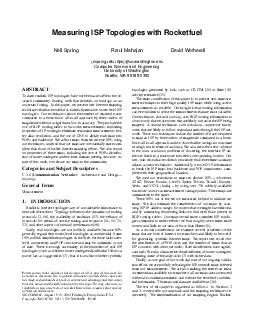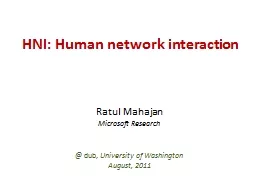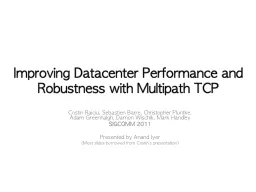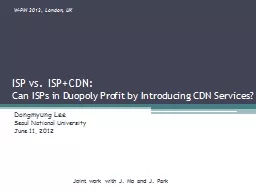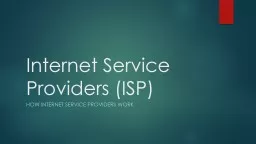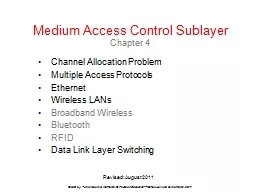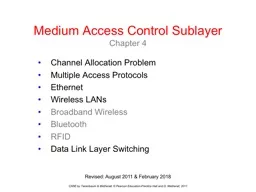PDF-Measuring ISP Topologies with Rocketfuel Neil Spring Ratul Mahajan David Wetherall nspringratuldjw
Author : karlyn-bohler | Published Date : 2015-01-15
washingtonedu Computer Science and Engineering University of Washington Seattle WA 981952350 ABSTRACT To date realistic ISP topologies have not been accessible to
Presentation Embed Code
Download Presentation
Download Presentation The PPT/PDF document "Measuring ISP Topologies with Rocketfuel..." is the property of its rightful owner. Permission is granted to download and print the materials on this website for personal, non-commercial use only, and to display it on your personal computer provided you do not modify the materials and that you retain all copyright notices contained in the materials. By downloading content from our website, you accept the terms of this agreement.
Measuring ISP Topologies with Rocketfuel Neil Spring Ratul Mahajan David Wetherall nspringratuldjw: Transcript
Download Rules Of Document
"Measuring ISP Topologies with Rocketfuel Neil Spring Ratul Mahajan David Wetherall nspringratuldjw"The content belongs to its owner. You may download and print it for personal use, without modification, and keep all copyright notices. By downloading, you agree to these terms.
Related Documents

